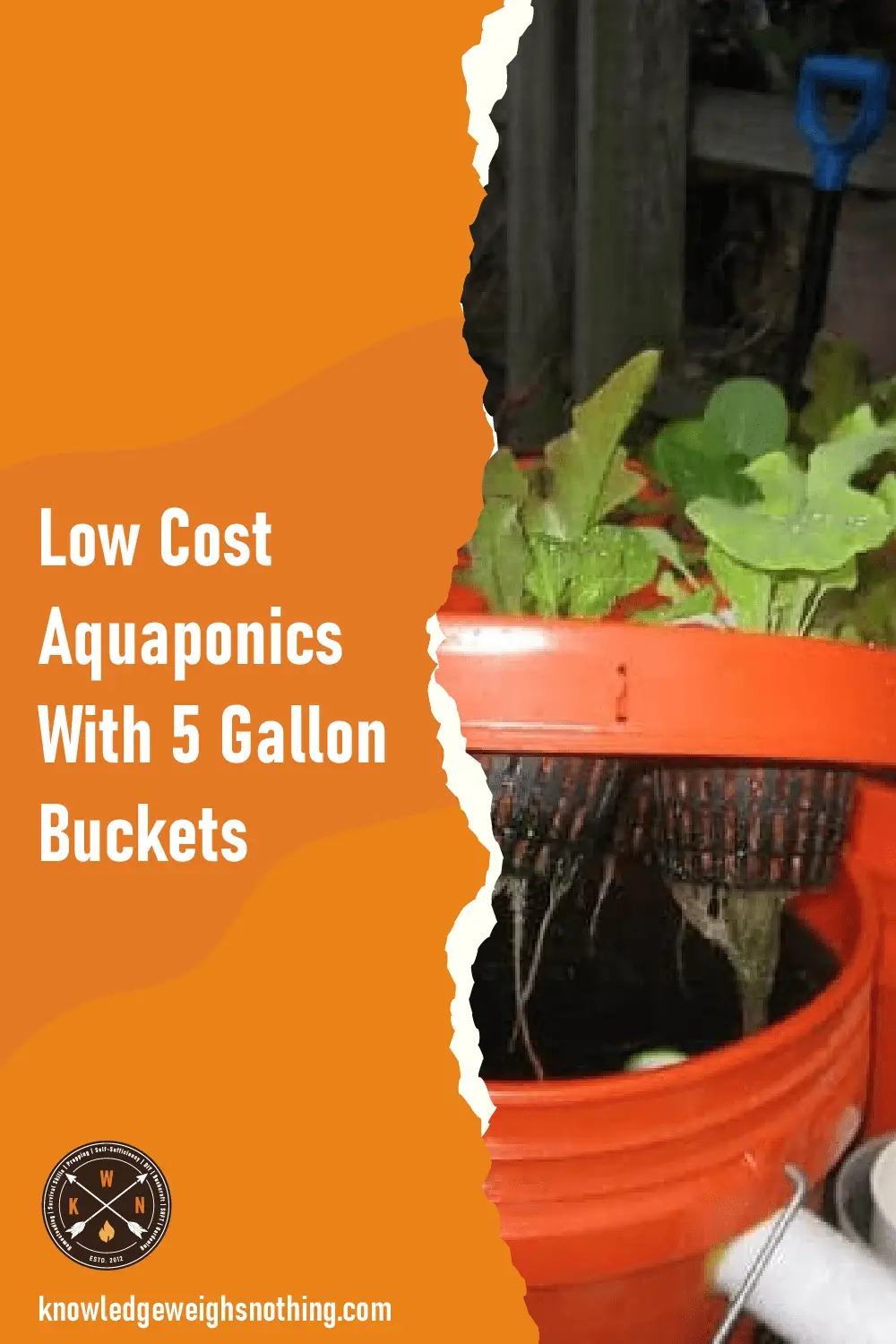
Also known as Lesser Duckweed, this common plan is generally found floating on the surface of marshes, ponds, slow-moving streams and lakes. While this may be among the smallest flowering plants in the world, Duckweed features powerful nutrients ideal for not only your livestock but also your family. If you’re searching for a natural, cost-effective and healthy alternative to livestock feed, and even as a protein supplement for your family, Duckweed may be what you’re searching for.
Duckweed as Livestock Feed
Farmers, both large and small, continually search for ways to reduce livestock feed expense without sacrificing nutrition. In the farming community, Duckweed has grown in popularity in use due to its easy cultivation methods and high nutritional profile.
Duckweed consists of:
- 35 to 43 per cent of crude protein – around the same concentration as dried soybean meal
- 5 per cent of polyunsaturated fats
- 5 to 15 per cent of fibre
- Tract amounts of carotene, xanthophyll, vitamin A and a host of other nutrients
While the nutrient concentration of Duckweed is what draws some farmers, the ease of its growing and harvesting is its primary attraction. Under ideal growing conditions, such as a simulated and protected lagoon setting, this plant can double its size within a matter of 16 hours to two days. In an average setting, farmers may yield anywhere from 2 to 23 tons of dried plant matter per harvesting year. Its exceptional growth rate and massive harvest yields make Duckweed a viable option for most farmers.
Duckweed for Your Family
Due to its high protein content, many professionals in the realm of sustainable living have noted this plant as a potential life-saving food source should the modern food industry collapse. While its edible for human consumption, before serving this plant to your family, there are several points of interest you must take into consideration:
- Duckweed Harvesting Conditions – Naturally grown Duckweed thrives in less-than-sanitary conditions, such as ponds rich with animal waste and bacteria. Due to this, only consume Duckweed cultivated in sanitary conditions, such as in a maintained pool of water.
- Calcium Oxalate Concentration – Duckweed can feature 2 to 4 per cent calcium oxalate concentrations, which can be toxic to humans. While the oxalate concentration may be controlled by its growing environments, duckweed harvested in the wild must be treated to reduce the oxalate level for safe consumption. Do so by boiling, roasting or sauteing the duckweed before eating.
Once you’ve harvested and prepared Duckweed, its tangy flavour, similar to watercress or spinach, it may be used in salads, sandwiches, soups or any other dish you’d typically find a leafy vegetable. Duckweed has been used for centuries as a food source in Asian cuisine. Experience the nutritional value and pleasant taste, but only after ensuring its safety by cultivating in clean grow areas or by properly cooking to kill harmful bacteria.




